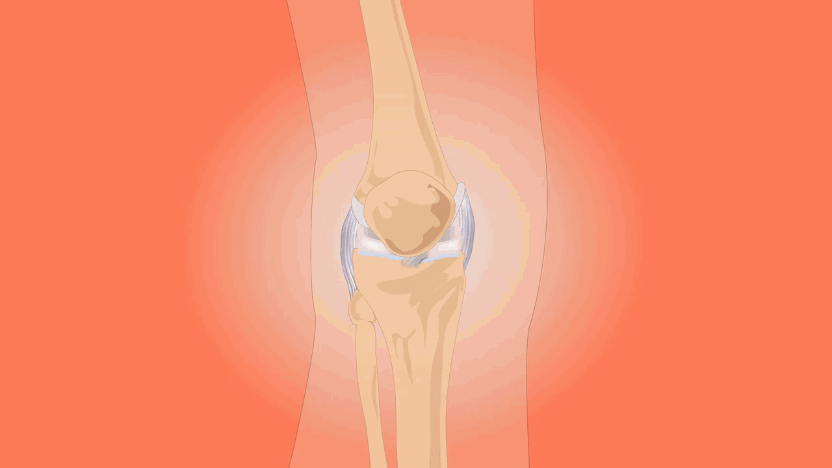Look around us. You see buildings, roads, cars, motorcycles, people with spectacles and colourful lenses, planes flying up in the air, high-speed trains zooming around, and many to be listed.
With the outbreak of COVID-19, people have been wearing facemasks and face shields; there are also plenty of sanitizing machines, a hands-free thermometer and many more provided to protect us from this unseen silent killer. Besides, one of the most crucial needs in protecting our frontliners while they struggle to save our lives from COVID-19- the Personal Protective Equipment (PPE) from head to toe which includes headcover, N95 mask, rubber glove, long-sleeved fluid repellent gowns/ aprons and boots! All these cannot exist without materials.

Let us look at more examples of materials in our daily lives…
Buildings are made of concrete, glass windows, steel, roofing materials, floor and wall tiles, washbasin, toilet bowls etc. They are then filled with furniture, cabinets, lights and many more- these are all made of materials, grouped as metals, ceramics, polymer, electronic materials and a combination of these materials forming composite materials with better properties.

Let us learn from the past legendary mistake, which can be a constructive reference for us- the gigantic ship failures, TITANIC. Over 100 years ago, the Titanic was the ship that sank in the North Atlantic Ocean after striking an iceberg during her maiden voyage from Southampton to New York City. Ironically, any conventional engineer can design and build a substantial standing ship using various materials they want. But then, what made the titanic sank?
The answers to that are: (1) wrong choice of materials used to build the ship, (2) high impact of the heavy, bulky ship carried over 2000 passengers, and crews hit the massive iceberg and (3) the effect of freezing cold water had been neglected while designing the ship- just like a perfect storm that caused brittle failure where the titanic ship shattered into thousand pieces and within 3 hours titanic completely sank - thousands of lives gone, only about 700 survived.
Today, with the knowledge and expertise offered by Materials engineers and the advancement in technology, better and safer ships have been designed using high-quality materials that are more flexible and could deform according to the condition. Still, most importantly, it does not break without warning.
The same goes in designing a car. Visualize a car without a body and engine- it will be a “Flintstone’s car” from the classic American animated sitcom based on the Stone Age setting. The so-called “car” itself is made from stones (which is impractical) with no power steering, air conditioning or even floor. The classic part of this “Flintstone’s car” – is a foot mobile! Fred and Wilma (who are the main characters) must have had powerful legs!
With the advancement of technology and knowledge, many materials have been carefully selected to perform different functions. Materials engineer is the one who is responsible for developing new materials, for example, polymer composites and steel alloys that are stronger and lighter than typical steel and plastic, to produce vehicles both reliable for long-term usage and more fuel-efficient. These experts also need to strictly consider the safety issue. For instance, the windscreen is made of laminated safety glass, consisting of two sheets of glasses held together by a polymer. In a car crash or collision by flying debris, the glass will gradually be shuttered, preventing it from breaking into large and sharp pieces, which could cause serious injuries or kill the driver and passengers.
Some materials are not visible to our eyes but are essential in our daily lives…
A simple example is the smartphones that we sometimes hardly put down. This little gadget in our hand now become the classroom, restaurant, mini cinema, supermarket, navigator, games, high-quality camera and even as exercise buddy, which seems like an impossible dream. Generally, all electronic gadgets contain components such as transistors, capacitors, solder materials, sensors, lens and many more- which run our widgets.

In the earlier days, we used to have larger-size mobile phones and bulky laptops/computers, but with the advancement in technology, these materials can be designed to be made tinier, thus making the new devices much smaller and lighter. The materials can also be produced into tiny parts (imagine a single hair that can be sliced into 100 times) that are unseen to our eyes- this is what we call nanomaterials. The exciting fact about nanomaterials is that they commonly exhibited superb properties compared to the same materials at a larger scale.

Materials are also known to be taking place in the human body. In accident cases involving fracture of a bone, metals, particularly titanium alloys, have been widely used to “patch” these fractured bones. However, with the knowledge in chemistry, biology and engineering, we can develop “bone-like” materials with a similar composition to our bone to substitute the broken or defect bones, and even encourage the growth of new bone naturally- which is what we called as Biomaterials. Practically, this material should be safe and non-toxic to human biological system. It can be in the form of three-dimensional porous or dense structure, injectable liquid or gel, depending on the site of defect, level of damage tissues and health of the individual which vary from patient to patient.

Materials engineering taught us to make better things and make things better for everybody to benefit from…
Engineering materials always continue to play a significant role in the current and upcoming world. The importance of engineering materials is in every aspect of life. As Materials engineers, we process, test and develop the materials and open doors for new technology. To make any engineered device, structure or product, knowledge in Materials engineering play an important role, particularly in choosing suitable materials. We and everything around us are made up of different types of materials, to imagine the world without the Materials engineering field is to foreclose the essence of life existence- it is simply impossible!
Join our Materials Engineering program at the School of Materials & Mineral Resources Engineering, USM, to learn more about materials. Let’s engineer your future with us, the pioneer of Materials Engineering program in Malaysia!
















